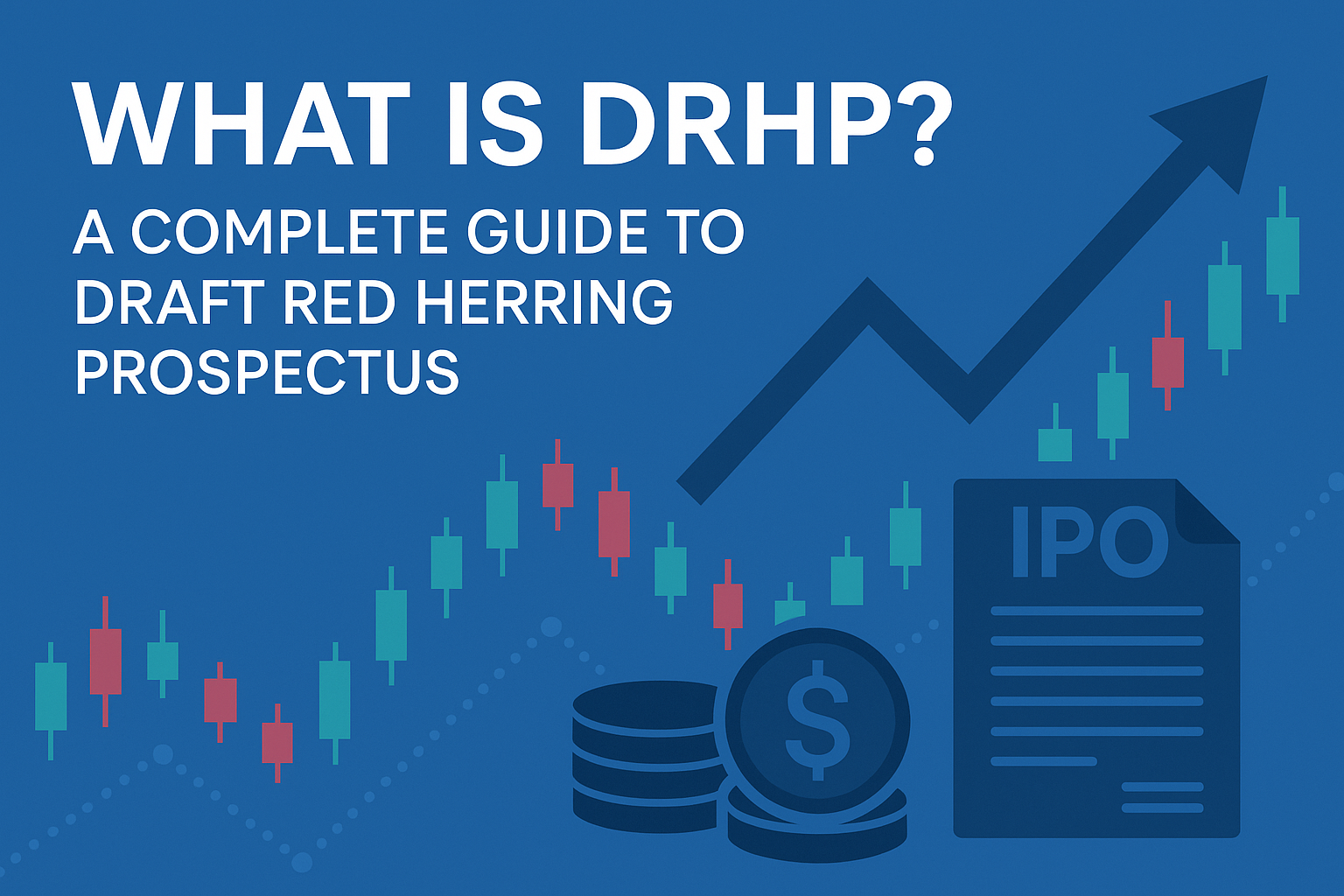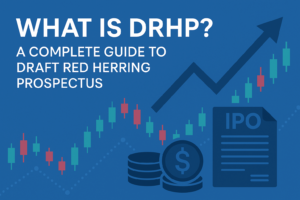Underwriters in IPOs: How They Price and Distribute Shares
Introduction
An Initial Public Offering (IPO) is one of the most crucial milestones for any company planning to raise capital from the public markets. But behind the glitter of listing day and headlines about oversubscription lies a complex process handled by financial intermediaries. Among them, underwriters in IPOs play the most significant role. They are responsible for pricing the shares, marketing the issue, assessing risks, and ensuring successful distribution to investors.
Without underwriters, companies may struggle to find the right valuation and reach the right investor base. This article explores who underwriters are, how they price shares, and the way they distribute them during an IPO, giving you a behind-the-scenes view of this critical process.
Who Are Underwriters in IPOs?
In simple terms, an underwriter is a financial institution—often an investment bank or a consortium of banks—that manages the issuance of securities for a company going public. They act as a bridge between the company and investors.
- In India, underwriters are usually large investment banks, merchant bankers, or financial institutions registered with SEBI (Securities and Exchange Board of India).
- They work closely with lead managers (who coordinate the IPO process) and syndicate members (who assist in distribution).
Think of underwriters as the “architects” of the IPO—they design, price, and execute the offering to ensure it reaches investors smoothly.
Core Functions of Underwriters in IPOs
- Pricing the Issue – They determine the fair value of shares through analysis of company financials, industry trends, and investor appetite.
- Risk Management – Underwriters guarantee that the company will raise the required funds. If investors don’t subscribe fully, the underwriters buy the remaining shares themselves.
- Marketing the IPO – Through roadshows, analyst meets, and presentations, they generate investor interest.
- Regulatory Compliance – They help prepare the Draft Red Herring Prospectus (DRHP) and ensure SEBI guidelines are followed.
- Distribution – They allocate shares among different investor categories (Retail, QIB, HNI).
Step-by-Step IPO Underwriting Process
- Company Selection & Mandate Signing
The company appoints underwriters (usually after competitive bidding). The agreement outlines fees, responsibilities, and risk-sharing terms. - Due Diligence & Valuation
Underwriters study company financials, assets, liabilities, industry performance, and market conditions. They then arrive at a suitable valuation. - Drafting the Prospectus
Along with lead managers, underwriters draft the DRHP and file it with SEBI for approval. - Pricing & Book Building
Based on demand projections, they set a price band and invite bids from investors. - Marketing the Issue
Roadshows, Q&A sessions, and presentations to institutional investors are organized to generate buzz. - Allocation & Listing
After subscription closes, underwriters finalize allocations, ensure regulatory compliance, and prepare the company for stock exchange listing.
Methods of IPO Pricing
1. Book Building Method
- A price band (say ₹100–₹120 per share) is set.
- Investors place bids within this range.
- Final price is discovered based on demand.
- Example: If demand is highest at ₹118, the issue may be priced at ₹118.
This method reduces underwriter risk since the market helps in discovering the right price.
2. Fixed Price Method
- A single fixed price is decided beforehand (e.g., ₹110).
- Investors know exactly what they are paying.
- Risk is higher for underwriters—if demand is weak, they must buy the unsold shares.
Comparison for Retail Investors
- Book building usually leads to more transparent price discovery.
- Fixed price can sometimes lead to underpricing or overpricing.
Risk Assessment & Due Diligence
Underwriters are not just salesmen—they are risk managers. Before taking an IPO to the market, they conduct:
- Market Sentiment Analysis – Checking demand from institutions, HNIs, and retail investors.
- Company Fundamentals Review – Profitability, debt levels, growth projections.
- Industry Benchmarking – Comparing valuations with listed peers.
- Scenario Planning – Estimating performance under different economic conditions.
Their job is to ensure the IPO neither fails nor leaves money on the table.
Distribution of Shares
After pricing, underwriters manage share allocation. In India, SEBI has clear rules:
- Qualified Institutional Buyers (QIBs) – 50% of the issue
- Non-Institutional Investors (HNIs) – 15%
- Retail Investors – 35%
- If oversubscribed, shares are allotted through lottery or pro-rata method.
- Syndicate members (brokers, banks) help collect bids and process applications.
Underwriters ensure fair and transparent distribution while meeting regulatory requirements.
Underwriting Agreements & SEBI Regulations
Two main types of agreements exist:
- Firm Commitment Underwriting – Underwriters buy the entire issue and resell to investors. High risk, but assures the company of full subscription.
- Best Effort Underwriting – Underwriters only try their best to sell shares. No guarantee of full subscription.
SEBI’s Role
- Ensures underwriters are registered and qualified.
- Monitors disclosures to protect retail investors.
- Holds underwriters liable for misstatements or fraudulent pricing.
Impact of Underwriters on IPO Success
- Strong Underwriting = Strong Demand
Example: Zomato IPO (2021) – back by global investment banks; oversubscribed multiple times. - Weak Underwriting = Poor Response
Example: Some small-cap IPOs fail due to poor marketing or overpriced issues despite SEBI clearance.
Investors often look at the reputation of the underwriters before subscribing. Big names like Morgan Stanley, Kotak Mahindra Capital, ICICI Securities, or Axis Capital often add credibility.
Pros & Cons of Underwriters for Investors
✅ Pros
- Ensure smooth and transparent process
- Provide credibility and boost investor confidence
- Help in correct price discovery
- Guarantee funds to the company
❌ Cons
- Possibility of conflict of interest (pushing higher valuations to earn more fees)
- Retail investors may sometimes get lower allotments due to institutional preference
- Overpricing risk—leading to post-listing price drops
Conclusion
Underwriters are the unsung heroes of the IPO process. From conducting due diligence to pricing shares and distributing them among investors, they play a behind-the-scenes role that decides whether an IPO succeeds or fails.
For retail investors, understanding underwriters’ role is important. Strong, reputed underwriters usually indicate confidence in the company’s future. However, investors should not rely solely on underwriters—analyzing fundamentals, valuations, and industry trends remains equally important.
In short, underwriters in IPOs are the gatekeepers of capital markets—balancing risks, pricing fairness, and investor trust.
Share this content:






Post Comment